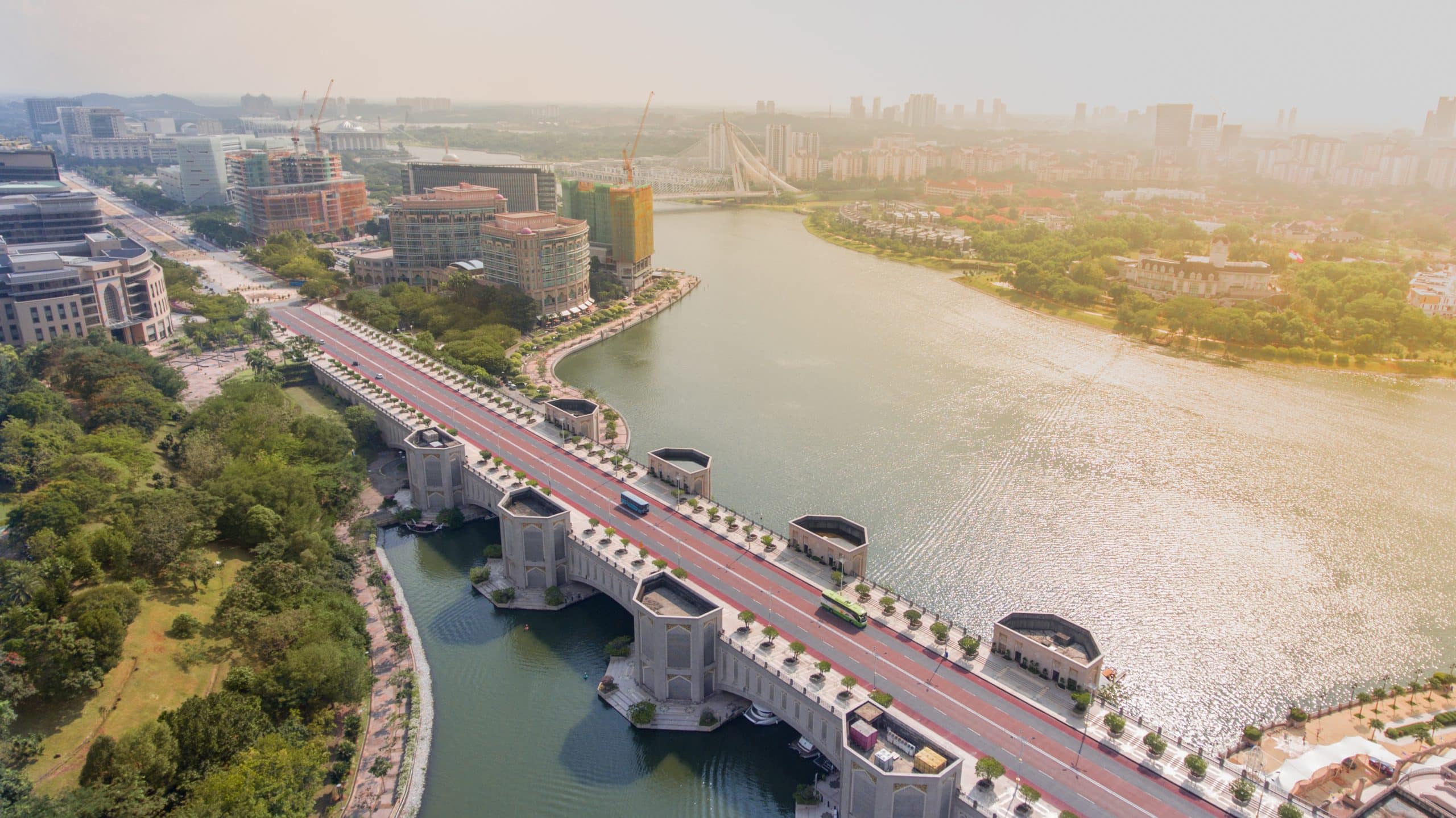Architecture, engineering, and construction (AEC) play crucial roles in halting climate change and designing structures that can deal with the existing threats already present in longer and more severe storm systems, flooding, and pandemic risk. The layout of the places where people live largely determines how well and comfortably they’ll survive if the worst occurs.
You can see the need for such innovation in recent events. Hurricanes have decimated Puerto Rico, parts of Florida, and South Carolina. Rising sea levels threaten the integrity of coastal structures.
Preventing future damage and protecting human lives will take the coordinated effort of AEC with federal and local authorities to set new and higher standards and keep the public secure. Here’s a look at five ways AEC plays a critical role in building resilient cities of the future.
1. Using Technology to Reduce Costs and Emissions
Technology promises sustainability benefits, which it has already begun to deliver. For example, surveying a large job site used to mean driving a vehicle and producing emissions while taking measurements.
Today, crewless aerial vehicles — more commonly known as drones — can take over this task while requiring much less energy. It also streamlines the process, enables a bird’s eye view of the topography for data collection, and monitors conditions below once you break ground.
Such innovations also offer promise for helping humans withstand severe storms due to climate change. For example, architects and engineers can use computerized projections to measure a building’s capacity to handle hurricane-force winds.
Construction crews can construct buildings using insulated concrete forms and structural insulated panels to keep walls standing in the face of a gale.
These technologies also shave costs — a weighty consideration in the construction industry where building materials price increases have stalled countless projects.
Those left open to the elements can damage the existing framework, requiring replacement, which more accurate projections can help avoid. They can also prevent overspending on materials by providing more precise estimates.
2. Preparing for Bigger and Badder Natural Disasters
Perhaps nowhere does AEC play a more prominent role in building resilient cities of the future than in designing layouts to resist natural disasters. These often affect not only single structures but entire neighborhoods and towns. For example, the Camp Fire decimated the city of Paradise, CA, in 2018. It resulted in at least 85 casualties and destroyed 18,000 structures.
Officials determined the cause of the blaze to be vegetation grown into electrical lines, which caught a spark. A combination of low winds and high humidity fanned that ember into a wall of sheer destruction. However, better urban design may have prevented the devastation by taking a better read of the inherent risks in the area and designing lines with less risk of setting the surrounding foliage ablaze.
Water poses as much risk in other parts of the country as many coastal areas have begun to sink and ocean levels rise. Architects and engineers can elevate new construction to let floodwaters and incoming tides flow safely underneath without harming occupants.
3. Improving Urban Planning to Manage Supply Chain Issues
The city is a frightening place to be during a supply chain shortage. The COVID-19 pandemic caused lasting disruption that continues today and scientists fear climate change may bring more mysterious illnesses in the coming years.
AEC can help in multiple ways. Architects and engineers can design roadways to handle the increased traffic patterns as people flee areas of shortage. Furthermore, including ample green and community garden spaces in urban planning initiatives give residents more control over supplying their food, which is helpful in times of crisis.
Such areas serve dual purposes. As the COVID-19 pandemic proved, the outdoors is a safer place to be during pandemic times, as opposed to indoor structures where people share air with strangers. Remaining isolated in one tiny apartment during shutdowns takes a devastating toll on mental health. The ability to get outside, exercise and mingle, at a distance can be vital in managing stress.
4. Keeping Sustainability at the Forefront
Sustainability is critical to humans’ continued existence on planet Earth. The race is on to reach net-zero emissions by the year 2050 and building materials and construction constitute 20% of annual CO2 emissions.
Fortunately, green building innovations can help. More and more architects, engineers, and construction companies today seek LEED certification, an internationally recognized set of standards for sustainable design and techniques. The rating system consists of the following broad categories:
- Integrative process
- Location and Transportation
- Sustainable sites
- Water
- Energy
- Materials and resources
- Indoor environmental quality
- Education and Awareness
Fortunately, the public understands the climate change risks. Ninety percent of Gen X consumers will pay more for sustainability, including the places they live and rent. Millennials and Gen Z likewise value eco-friendliness and have the most to lose from failure to act.
5. Protecting Worker and Civilian Safety
Protecting worker and civilian safety is paramount in building resilient cities of the future. AEC can help by implementing technological solutions that eliminate many worksite hazards crews face today. For example, drones eliminate the need for workers to climb to significant heights to perform site inspections — they can remain safe and sound on the ground.
Green and weather-resistant innovations likewise benefit civilians. Improving indoor air quality alone can help during many kinds of weather in the next pandemic and prevent recurring colds and flu from making them sick as often.
AEC Helps Develop Resilient Cities
The architectural, engineering, and construction sectors have considerable roles to play in making future life on Earth sustainable. Fortunately, technological innovations allow them to improve current processes while saving money and treading more lightly on the planet.
It’s clear to see the role of AEC in building resilient cities of the future. The right design choices today can lead to a better, safer tomorrow.








